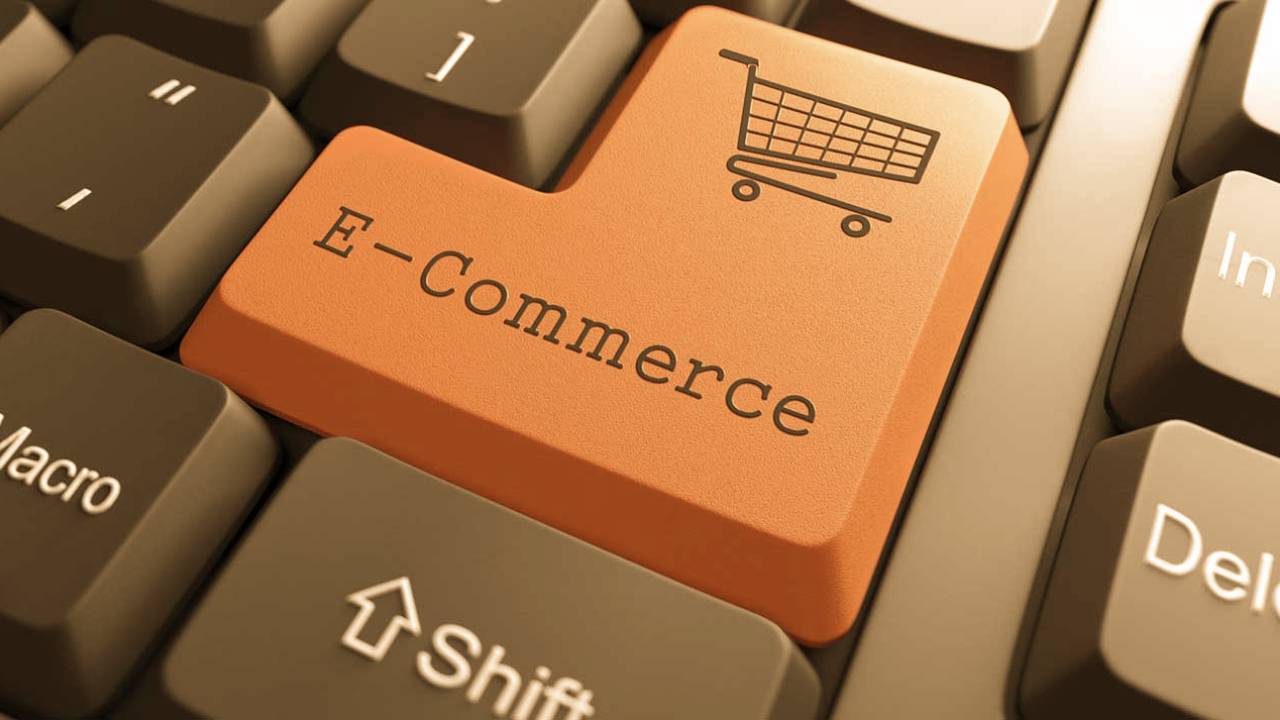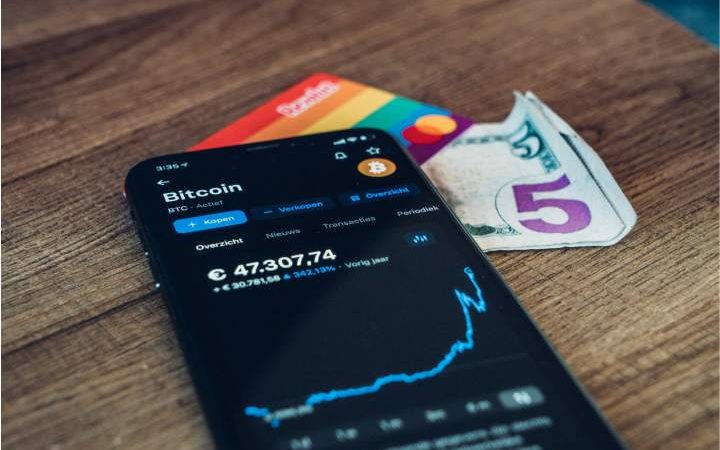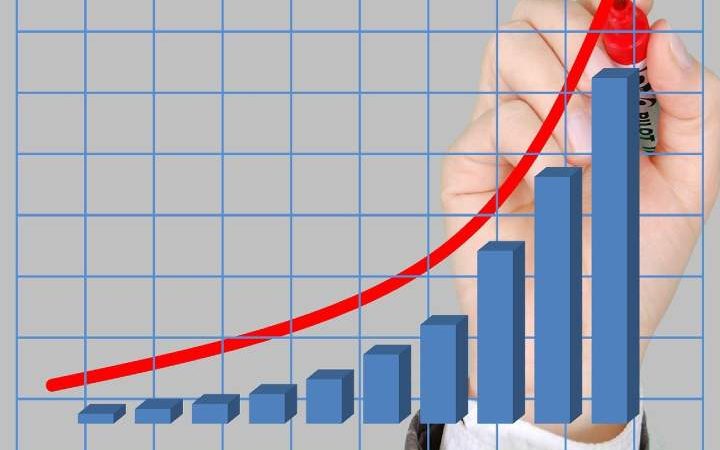E-Commerce: Trends in E-Commerce By The End of 2020

E-Commerce : Social commerce, intelligent logistics, and Big Data, main trends in E-Commerce in 2020
Table of Contents
What is Electronic Commerce(E-commerce)?
Electronic Commerce Also known as E-commerce is a business model that involves making transactions over the Internet. The stores that sell their products online are e-commerce businesses. For example, Amazon.com is one of the most popular online stores in the E-commerce industry. In this article, you will learn about the history of electronic commerce, its statistics, platforms, most popular sites and much more.
Trends in E-Commerce in 2020
The e-commerce began in 1979 when Michael Aldrich came to use a phone line to connect your TV to your computer. While it does not resemble E-commerce as we know it today, its idea laid the groundwork for purchases without having to physically visit a store. At that time, most people did not have their own computers. Shortly after, Bill Gates and Steve Jobs popularized them for the average person and Bill Gates even said his goal was to put “a computer on every desk and in every home. ” Without computers, e-commerce would be completely different.
These are some of the trends in E-Commerce that will set the pace for retailers in 2020.
Mobile as a Device to Buy Online
Although the computer is still the favorite of Spaniards to buy online, the mobile earns market share thanks to advances in mobile payment security, as well as the convenience to buy at any time and place. According to Statista, in 2020 the mobile share in electronic commerce is expected to exceed 70%. And as for mobile applications to buy, they are also on the rise. 77% of consumers say they are looking for information and purchase through these tools, according to the report “X-rays of Transactional Apps users” by Webloyalty in collaboration with IPSOS.
Social Commerce, To Buy Without Leaving Social Networks
Influencer marketing revolutionized social networks just a few years ago. A new twist places online purchases through social channels without the need to leave user profiles. Instagram announced the launch of Instagram Checkout, which allows you to sell within the app without the user being redirected to an external website. Available to date in the United States, this functionality promises to transform a sector such as fashion, whose average expenditure per inhabitant was € 430 in 2018, according to an EAE report.
Loyalty and Online Subscriptions
Loyalty programs are one of the most common marketing techniques to increase the online sales of a business and will continue to be in 2020. The programs that most effectively loyalty to consumers are point programs, shopping clubs or purse or cashback programs, which return a minimum of 10% of the purchase made. Regular customers are 50% more likely to shop at a store and the average ticket increased by 30%, according to some studies.
Travel and Customization
The tourism sector leads to online shopping. Therefore, it is not surprising that in 2020 the trend in eCommerce applied to tourism goes through a more sustainable, ecological and social tourism, where nature is respected and climate change is taken into account. Technology will also play a fundamental role in this area with a marked trend towards personalization. Some experts point out that receiving advice on a mobile destination or, instead of a card, using the phone to enter the hotel room will soon be common realities.
Voice Commerce
Voice purchases are still booming. 2018 marked the success of voice devices, such as Amazon Alexa or Google Home, with a peak in sales during the Christmas period. Today, consumers can order food at home with the voice command or buy any other type of product, so retailers who do not want to be left behind must adapt their omnichannel strategy for these devices.
Big Data, Artificial Intelligence, and chatbots
The eCommerce generates a large amount of data, but only those companies that extract insights will be able to obtain the added value to the volume of data. The combination of the use of algorithms, machine learning, and chatbots to create conversations with users and personalized customer service will also be essential in the coming months.
Smart logistics
The use of Big Data and Artificial Intelligence applied to logistics allow knowing the stock of the goods and the situation of each product in real-time. And, based on demand, you can specify the replacement and produce in a personalized way, as well as apply smart order preparation lines according to sales estimates. As for the logistics in the final phase of eCommerce, the one known as ‘last mile’, the collection ticket offices, delivery centers or micro-warehouses in parking lots or spaces in shopping centers have trends.






